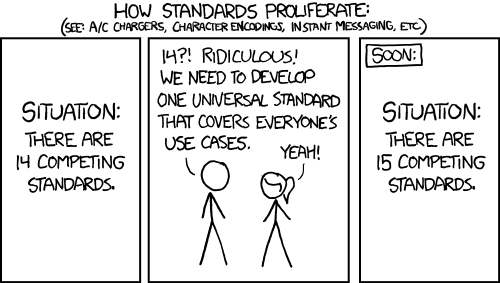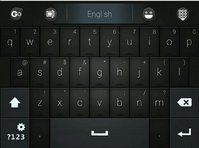Problem is i failed at balancing a layout with changes. Allthough not a swipe-combo of F-ing, it is still functionally sound to have aigu retroflex and aigu together, since they are the most non-dedicated accentuations.
If your passoword is 12345qwerty or some variant thereof, it wont align properly. There are however attacks targeted at this attack vector being a low-entropy solution, so it isnt clever to begin with.
Change will always bother someone, in this case its the case of the least change between two mutually exclusive options. It cant be both US and german number row layout.
More importantly, none of them fit a bigger picture, which is in this case, limited to the amount of keys we have.
B-Zar: From
source
Composite: e t a r i s n o l c d _ p u f m ( ) g h ; b , = . v x y * " k w - 0 / $ > { } 1 : ' \ 2 q [ ] j & + z < 3 | @ # 4 ! 8 5 6 9 7 % ? ~ ^ `
C: e t r i n s a o _ c l d u p f m ) ( h g ; , b * x = v k y - 0 w / . > 1 " { } 2 & \ q [ ] z + 3 : 8 4 # < 6 ! ' 5 9 j 7 | % @ ? ^ ` ~ $
Java: e t a i r n s o l c d p u . ( ) g m f ; _ h b v = w x y / k " , { } j * 0 - + 1 q ] [ z 2 3 ! < 5 : & | 4 > \ ' 6 9 8 7 @ ? % # ^ ` $ ~
Perl: e s t r $ a i n l o f d c u p _ m ; ( ) = { } " h , y > b ' g - : 0 x v \ @ k w / 1 q . | ] [ # 2 & + * ? % ~ z ! ^ < 3 5 j 4 8 6 9 7 `
Ruby: e t n s a o r i l d c _ p u m f " . , = h ' ( : ) g b v > y w < [ ] / 1 x @ q k 0 \ 2 | ? { } 3 - j 5 4 z 6 7 % 9 8 + ! * & $ ; # ^ ~ `
Everything is pretty much used at some point, having a functional cluster is however more important than 1key access to a rather arbitrary way to gauge actual efficiency.
I dont know if comments are counted into this, however ' and " are very functionally different from [] <> and {}
Our heatmap is strongest at the middle parts of each section of the keyboard, off-centering the least used things, albeit condensing them, will bring the efficiency up, and is as close to a commonly used standard it can get.
One notable exception to how QWERTY is irrevocably broken, is that space is by far the most used key. Since this key is moved anyway, a lot of benefit can be had from putting it in a more central position.
Not only is it used often, it is strung together with just about every other combination there is.




